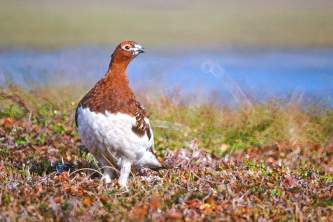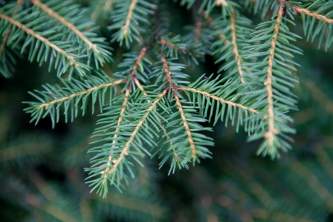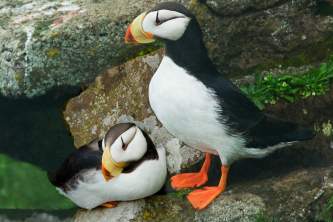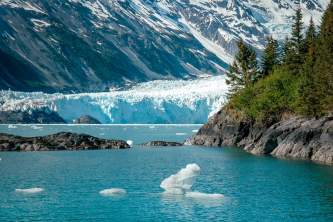Life in the Intertidal
By Elise Lockton
What is the Intertidal?
Alaska’s shoreline spans over 34,000 miles! That is more than double the shoreline of the entire Lower 48 states. With that amount of coastline there are no shortage of opportunities to go tide pooling in the intertidal, the marine area uncovered by low tides. The highest tides in the U.S. can be found south of Anchorage on Turnagain arm, with tidal ranges up to 40’. That is a coastline best to explore from afar as the boot sucking mud is not a place you want to get stuck. The tidal variation in Seward is 16’ and that leaves a lot of exposed and safer shoreline to explore when the tide is low. Beachcombers delight in the treasures to be found in the colorful communities of invertebrates and seaweed in this environment. Southcentral Alaska (Prince William Sound, Resurrection Bay and Kachemak Bay) are the best places to find intertidal invertebrates. In Homer check out Diamond Creek/Bishop Beach or hop on a water taxi and explore the bays (China Poot and Jakolof) across Kachemak Bay. In Seward check out Lowell Point or a sea kayaking trip out into Resurrection Bay. A sea kayaking trip in Prince William Sound is another great alterative.
What is an Invertebrate?
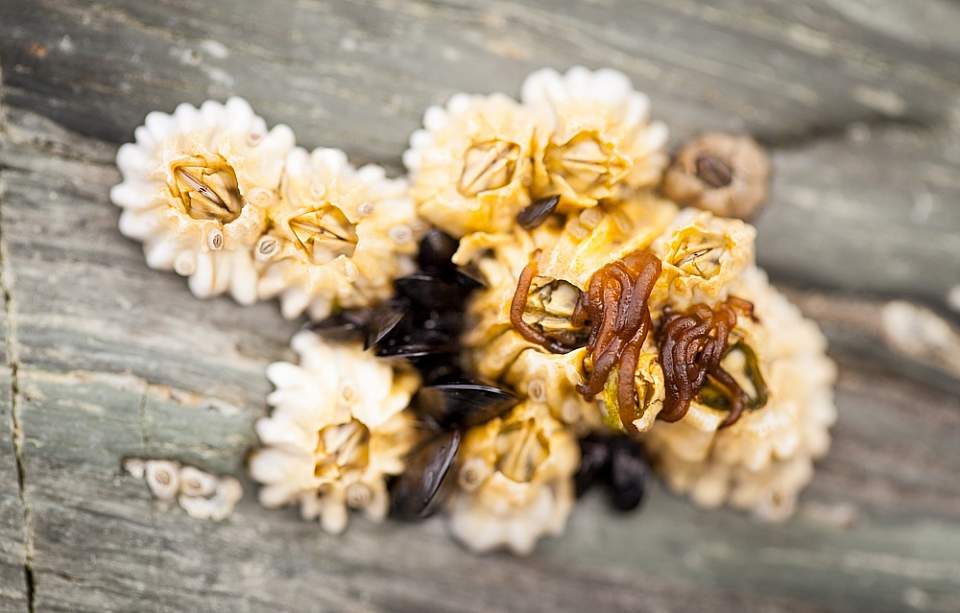
Barnacles
Invertebrates are animals that don’t have back bones. Some have soft bodies, like worms, sea cucumbers and jellyfish. Other invertebrates, like crabs and barnacles, have a hard-outer cover or shell that protects them.
Small body, long schlong!
Barnacles are shrimplike animals that live upside down in a shell. When the tide is out they withdraw into their shells to stop from drying out. They remain permanently fixed at one location and are easy to find on rocks. Staying attached and in one place your whole life could prove challenging when it comes to mating. Lucky for the barnacle it’s penis can reach up to 20 times the length of its body! Look for small white cone shaped shells of acorn barnacles around Lowell Point in Seward.
Filter feeder
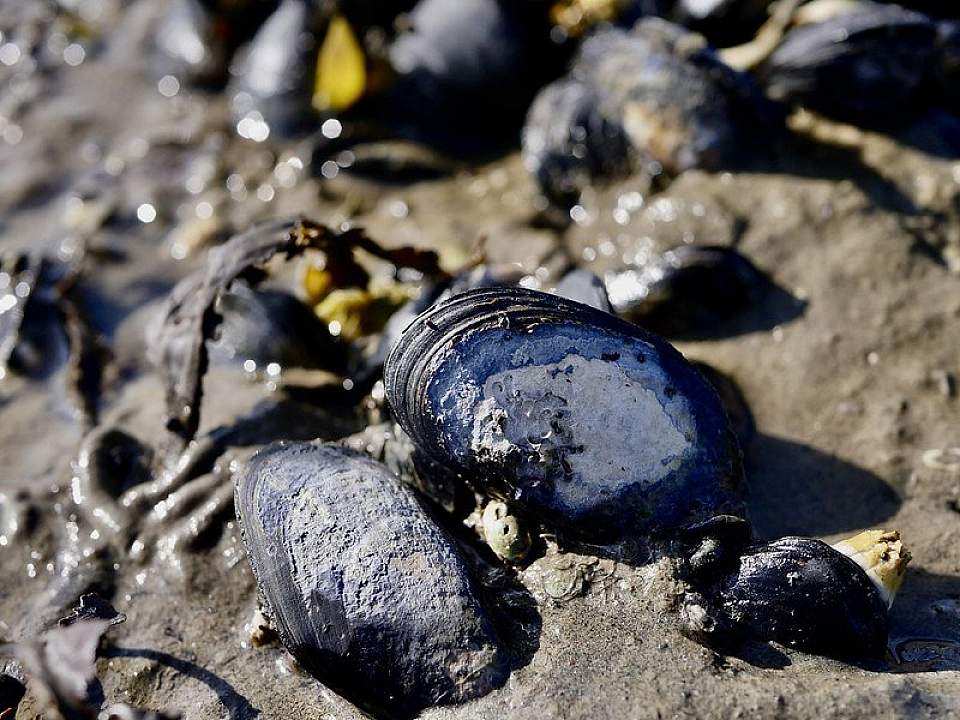
Blue mussels are one of the most common residents on Alaska’s shoreline. They grow to about 3” and have two blue, wedge shaped shells. They blanket the rocks in clusters of hundreds of individuals. Like fish, mussels also have gills. The gills of mussels help these animals filter water. By taking in water, the mussels keep the tiny organisms drifting in the sea, for food. Blue mussels are eaten by humans, ducks, oystercatchers, bears and form an important link in the food chain. Look for them covering the rocks at low tides on beaches around the Kenai Peninsula.
Butter Clams
If you see lots of oval, white-gray shells in the intertidal chances are they are Butter Clams. The 6” long shells are etched with many concentric lines. Those lines can be used to estimate the animal’s age, much like growth rings in the cross section of a tree trunk. How many rings did you count? These clams may live for well over 20 years. Butter clams are one of the favorite foods of sea otters, sea stars and gulls. This clam is considered to be one of the best for chowders but be aware of local closure signs if you are collecting as they can become poisonous if exposed to toxic algae.
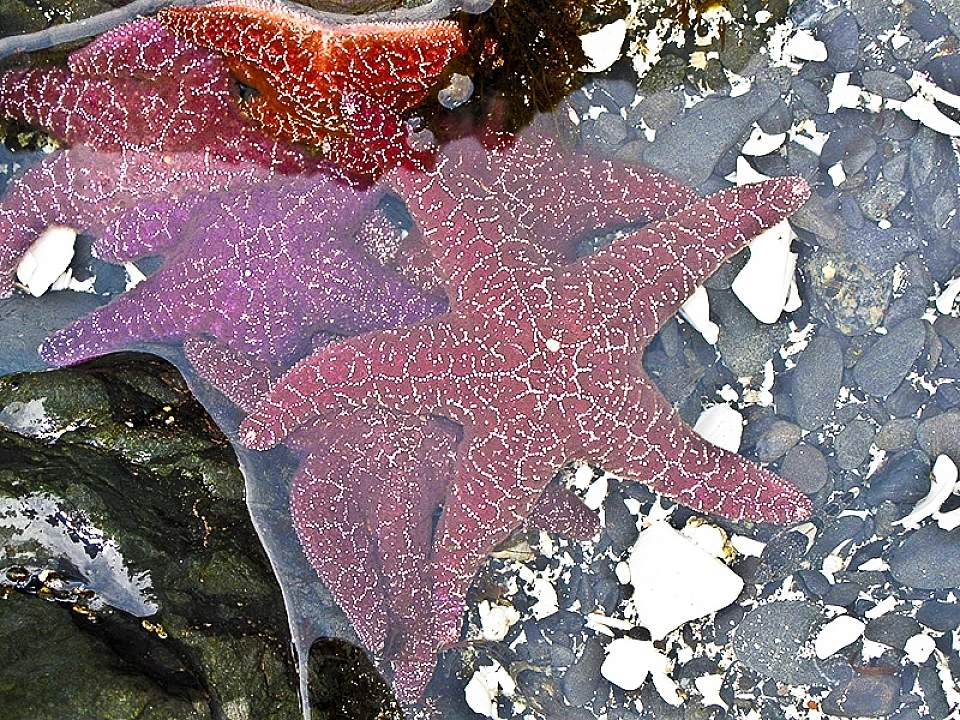
Sea Stars
Spiny Skin
Sea stars are related to sea cucumbers: both belong to a group of animals called echinoderms, which means “spiny-skinned.” They have 5-24 arms and if a sea star loses an arm, it can quickly grow a new one. On the underside they are covered in hundreds of tube feet that act like suction cups. Water is pumped through their tube feet and they use those feet to walk. They also use their feet to feed on mussels by pulling apart the two halves of a mussel’s shell. The sea star then turns its own stomach inside out and forces it through the opening between the mussel’s shells, where it eats the mussel. As you are exploring the shore look for these beautiful creatures and turn them over so you can see their feet. If the tide is high the touch tank at the Sea Life Center in Seward is a great place to see them up close.
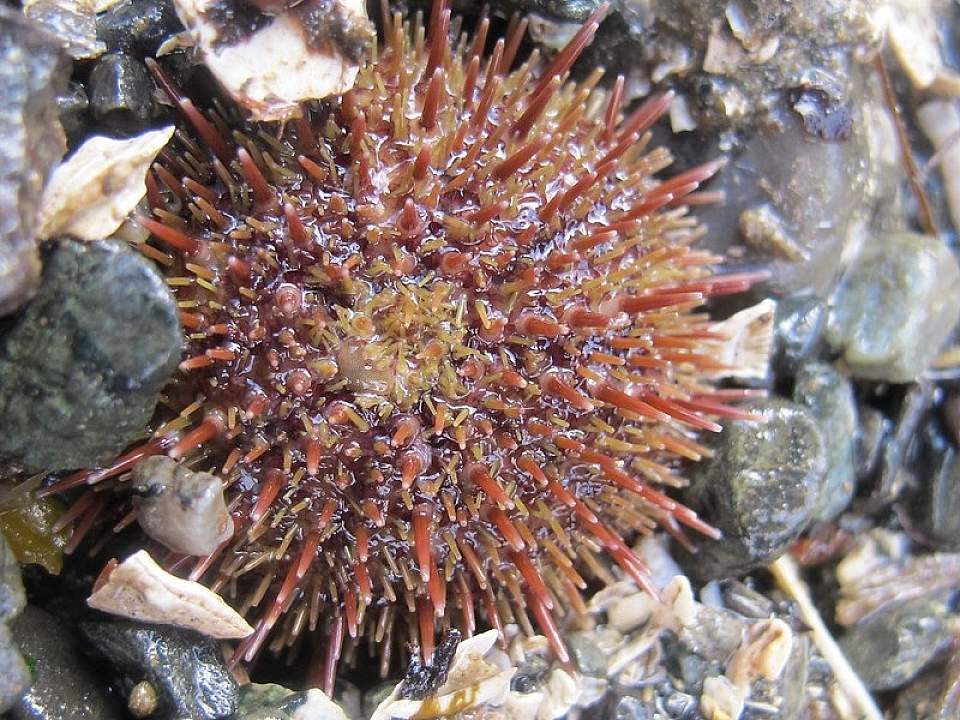
Sea Urchin. Photo credit: Andrea Pokrzywinski - Flickr
Porcupine of the Sea
Sea urchins are covered in movable spines that help protect the fragile skeleton. These animals feed with the help of a unique jaw-like apparatus. They have five sharp teeth and the tips of these long, tapering teeth come together to form a chewing structure known as Aristotle’s lantern. This apparatus is used for grazing on algae. Look for green sea urchins around Bishop Beach in Homer. If you find the white outer skeleton of an urchin look for the 5 tooth-like plates on the underside that make up the mouth.
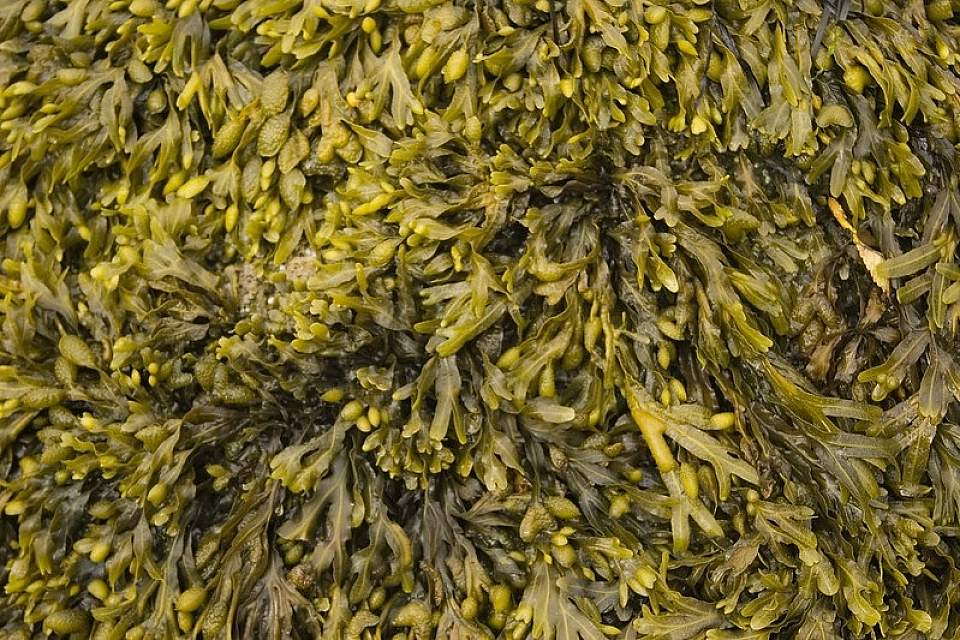
Rockweed. Photo credit: Alan - Flickr
Plants
A seaweed that goes POP
Rockweed is a type of brown seaweed that grows abundantly on rocks in the intertidal zone. Another common name is pop-weed because like bubble wrap you can pop the swollen ends between your fingers. Seaweed creates important habitat for crabs and fish who use the rockweed as a place to hide while snails eat the smaller algae growing on its surface. Rockweed is one the most popular seaweed gathered for food. People eat it raw, dipped in oil or with sea urchin eggs. While you are exploring on and around the rocks be careful as wet slimy seaweed can be very slippery.
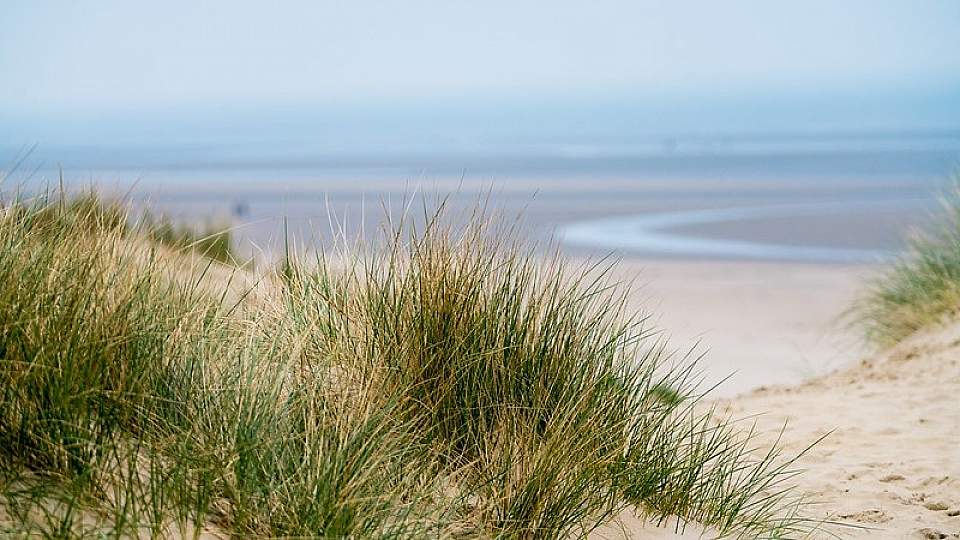
Beach Rye Grass. Photo credit: Danielle Brigida - Flickr
Witches and Rye
Beach rye grass is a common, stout, tall grass of beaches and seashores reaching 3-5’ in height. The long, greenish-tan, flowering spike at the tips of the stems makes it easy to recognize. The flowering stem under the right wet conditions grows a fungus on it called ergot. That fungus is hallucinogenic and it is believed that the Salem witches in Massachusetts in the 1600s ate rye bread that contained the fungus and appeared bewitched as a result. Today rye grass is harvested by Alaska Natives and used all over the state for weaving beautiful grass baskets. Look for this grass and the black fungus growing in the flowering spike as you explore the Coastal Trail in Seward.
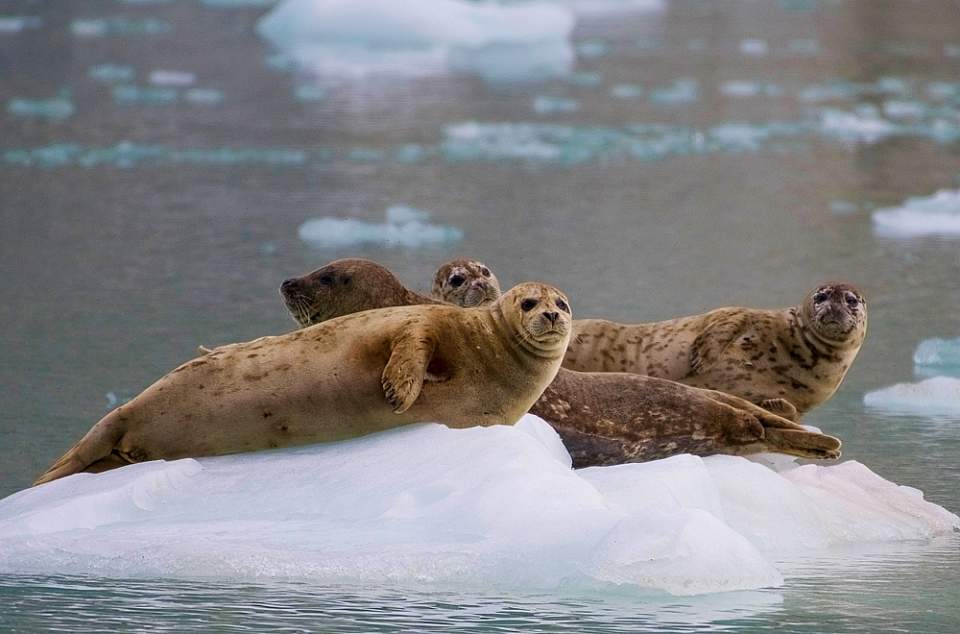
Harbor Seal
Critters
Harbor Seal
Harbor Seals can be found along both the Atlantic and Pacific coastlines and have the most extensive range of any seal in the world. Much smaller then sea lions that weigh up to 2400 pounds, harbor seals weigh up to 200 pounds and lack the visible external ears of the sea lion. They feed on herring, cod, octopus and salmon and often can be seen near shore, especially when the salmon are heading for their spawning streams. Look for their little round shiny heads in the water or hauled out on the rocks as you explore the coastline of Seward, Homer or Valdez.
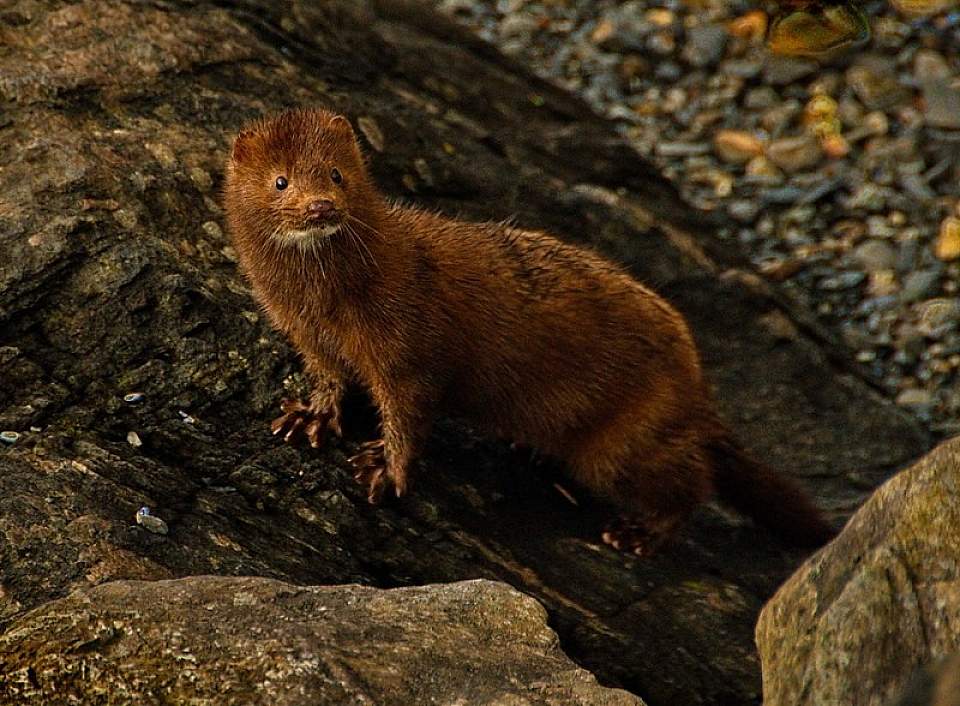
Mink. Photo credit: Dave Bezaire - Flickr
Aquatic Weasel
The mink is an aquatic weasel, related to ferrets. Look for a long (19-29”), narrow, short legged animal running rapidly along the shoreline. As the saying goes when the tide is out the buffet table is open and mink take full advantage of crabs, clams, sea urchins, dead salmon, etc. exposed during a low tide. Their rich, dark brown fur that is popular in the making of fur coats, was designed to insulate them for a life in cold waters.
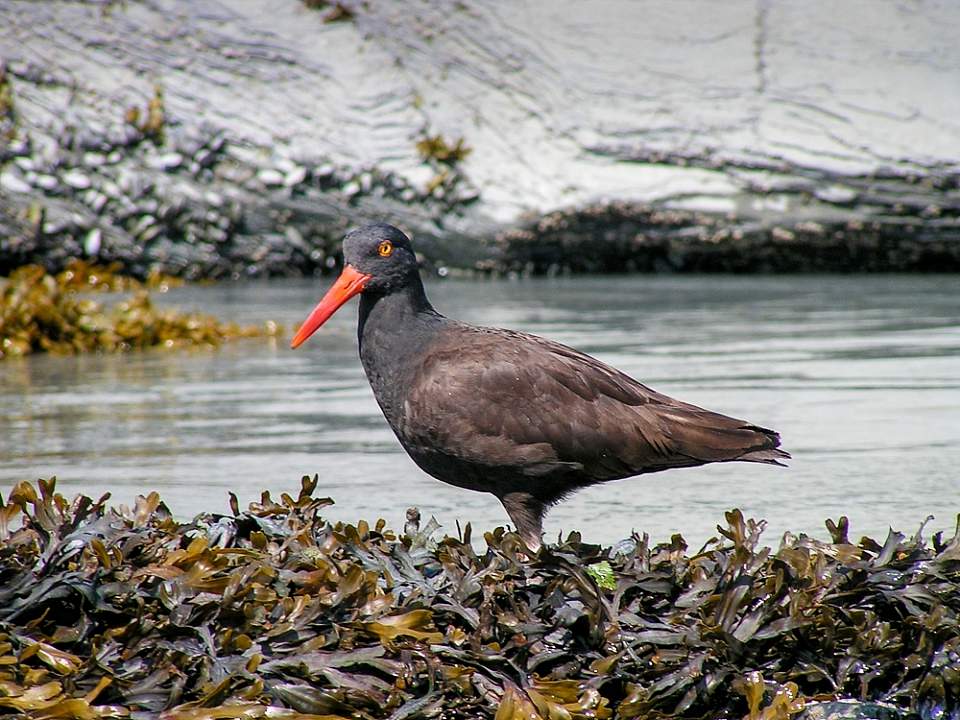
Black Oystercatcher. Photo credit: Anadyr Adventures
That bird has a carrot for a bill!!!!!
If you see a bird that looks like it has a carrot for a bill then you are looking at a black oystercatcher. It is very distinct, with a chicken-sized black body, bright red legs, and a 3.5” long red bill. Despite their name, oystercatchers don't eat oysters. Instead it uses its bill to pry open the shells of mussels, barnacles and crabs. As you are exploring the intertidal listen for their high-pitched, piping or whistling notes, that sound like an excitable “wheee” as if given by a kid on a roller coaster.

